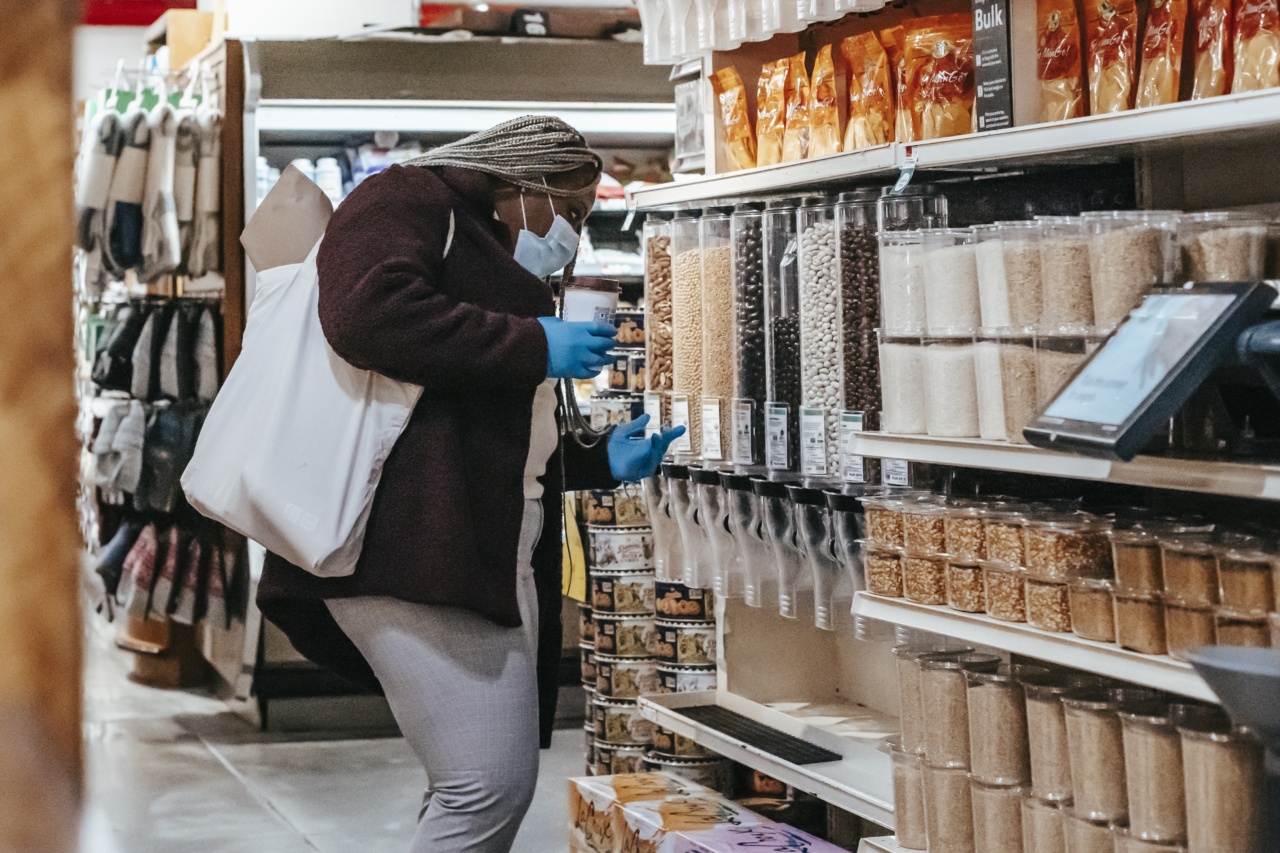When it comes to thawing frozen food, many people don’t realize that there is a right and wrong way to do it. Improper thawing can lead to the growth of harmful bacteria, which can cause foodborne illnesses.
In this article, we will uncover the secret to safe thawing by highlighting the most common mistakes people make and offering tips for proper thawing techniques. By following these guidelines, you can ensure that your thawed food is safe to eat and maintain its quality.
1. Thawing at Room Temperature
One of the biggest mistakes people make when thawing food is leaving it out on the counter to thaw at room temperature. This is a big no-no! Room temperature thawing creates the perfect environment for bacteria to multiply rapidly.
The outer layer of the food thaws first, while the inner part remains frozen, giving bacteria an opportunity to thrive before the entire piece of food is thawed.
Instead, it’s best to thaw food in the refrigerator or using other recommended methods. Thawing in the refrigerator allows for a slow and even thaw, minimizing the risk of bacterial growth and maintaining the food’s quality.
2. Thawing in Hot Water
Some people resort to thawing their food in hot water in an attempt to speed up the process. However, thawing in hot water can lead to uneven thawing and promote bacteria growth.
The outer layer of the food can reach a temperature where bacteria can multiply rapidly, while the center remains partially frozen.
If you’re looking to thaw your food quickly, a safer method is to use cold running water. Place the frozen food in a sealed plastic bag and submerge it under cold running water.
This method is faster than thawing in the refrigerator and still ensures a safe and even thawing process.
3. Ignoring Recommended Thawing Times
Different types of food require different thawing times. Ignoring these recommended thawing times can lead to foodborne illnesses. Each food has its specific characteristics, and certain types of food thaw at different rates.
For example, large cuts of meat will take longer to thaw compared to smaller portions. It’s essential to plan ahead and allow enough time for your food to thaw thoroughly.
Following the recommended thawing times ensures that the food is thawed evenly and reduces the risk of harmful bacteria growth.
4. Thawing on the Counter Overnight
Leaving frozen food on the counter overnight to thaw is a common mistake. While it might seem convenient, it’s not safe.
Not only does this method create an ideal environment for bacteria growth, but it can also cause the food to remain in the danger zone (between 40°F and 140°F) for an extended period, increasing the risk of bacterial contamination.
If you know you’ll need to thaw food for tomorrow’s meal, plan ahead and transfer it to the refrigerator the night before. Thawing in the refrigerator allows for a slow and controlled thaw while keeping the food safe from harmful bacteria.
5. Refreezing Thawed Food
Once you have thawed food, it’s important to cook it promptly. Refreezing thawed food can compromise its quality and safety. When food is frozen, bacteria growth is slowed down significantly.
However, during the thawing process, bacteria can multiply rapidly.
If you don’t cook the thawed food and choose to refreeze it instead, the bacteria that may have grown during the thawing process will continue to multiply once the food is refrozen. This can result in serious foodborne illnesses.
Therefore, it’s crucial to cook thawed food immediately to ensure its safety.
6. Thawing on the Kitchen Counter
Another common mistake is thawing food on the kitchen counter. While it may seem convenient to leave the frozen food on the counter, it can lead to bacterial growth, as the outer layer of the food defrosts first.
This can allow bacteria to thrive before the entire piece of food is thawed, increasing the risk of foodborne illnesses.
Instead, thaw food in the refrigerator or use the cold running water method mentioned earlier. These methods ensure a safe and even thaw without exposing the food to bacteria-promoting temperatures.
7. Not Using Proper Packaging
Using the wrong packaging or not properly packaging your food during the thawing process can also lead to contamination.
When thawing in the refrigerator, it’s essential to place the frozen food in a leak-proof plastic bag or airtight container to prevent any potential contamination from other items in the refrigerator.
If you choose to thaw using the cold running water method, ensure that the frozen food is sealed tightly in a plastic bag to prevent water from entering and diluting the food or bacteria from contaminating it.
8. Incorrect Microwave Thawing
Microwaving is a popular method for quick thawing, but it’s important to follow proper techniques to avoid uneven thawing and bacterial growth.
When using the microwave, make sure to use the defrost setting or lower power levels to prevent cooking the outer layer of the food while the center remains frozen.
It’s also crucial to cook the food immediately after microwaving to eliminate any bacteria that may have multiplied during the process.
Microwaving should be used as a last-minute thawing method, rather than relying on it as a primary thawing method.
9. Not Using a Food Thermometer
Thawed foods, particularly meats, need to be cooked to a safe internal temperature to kill any bacteria that may have grown during the thawing process.
One common mistake people make is not using a food thermometer to ensure the food has reached the appropriate temperature.
Investing in a reliable food thermometer is crucial to avoid undercooking or overcooking food. Different types of meat have different safe internal temperatures, so it’s important to refer to a food temperature guide for accurate readings.
This will ensure that your food is not only safe but also cooked to perfection.
10. Reheating Thawed Food Incorrectly
Lastly, reheating thawed food improperly can also lead to foodborne illnesses. Once you have thawed and cooked the food, it’s important to reheat it to the proper temperature to kill any bacteria that may have multiplied during storage.
Simply warming the food up may not be enough to ensure its safety.
When reheating, make sure the internal temperature of the food reaches the recommended safe temperature. Using a food thermometer is helpful to ensure thorough reheating.
Failure to properly reheat thawed food can result in bacterial contamination and foodborne illnesses.


























